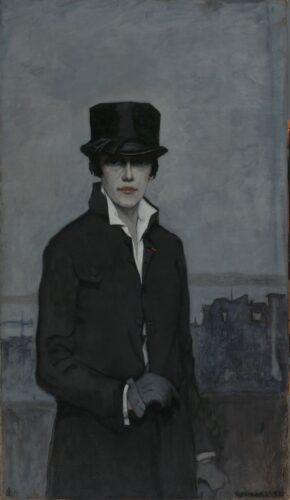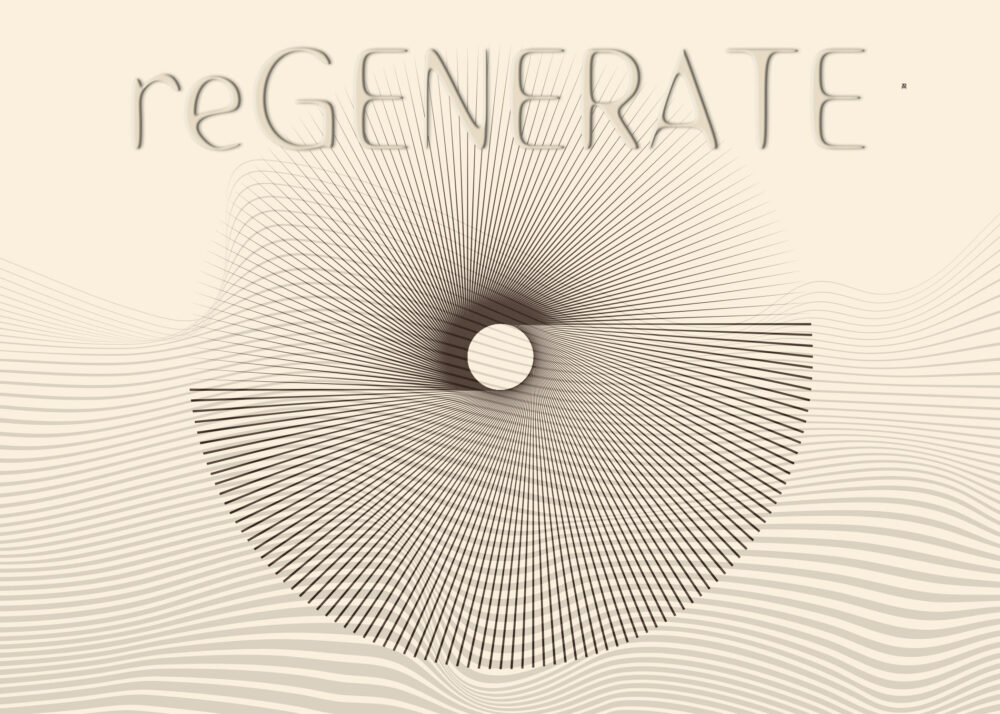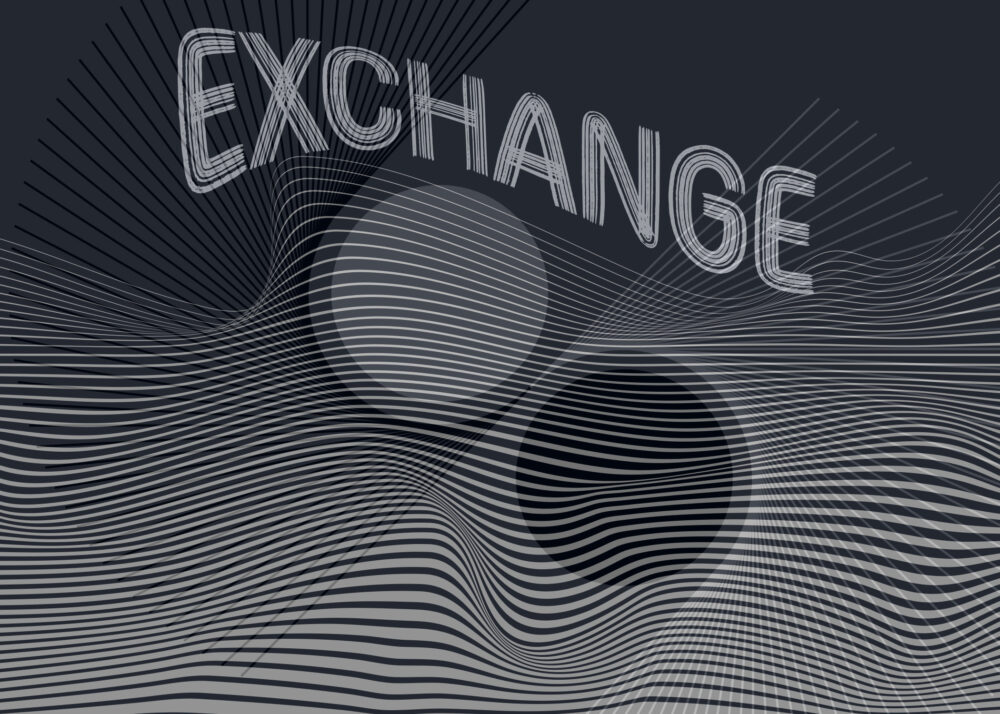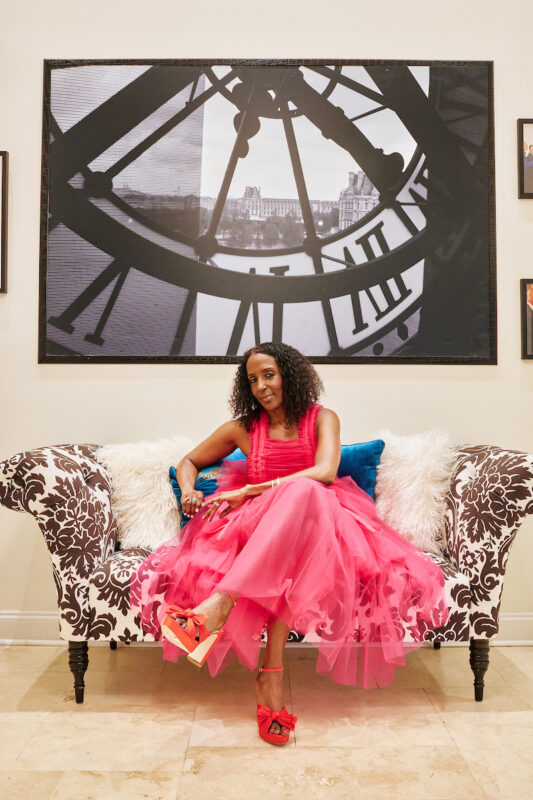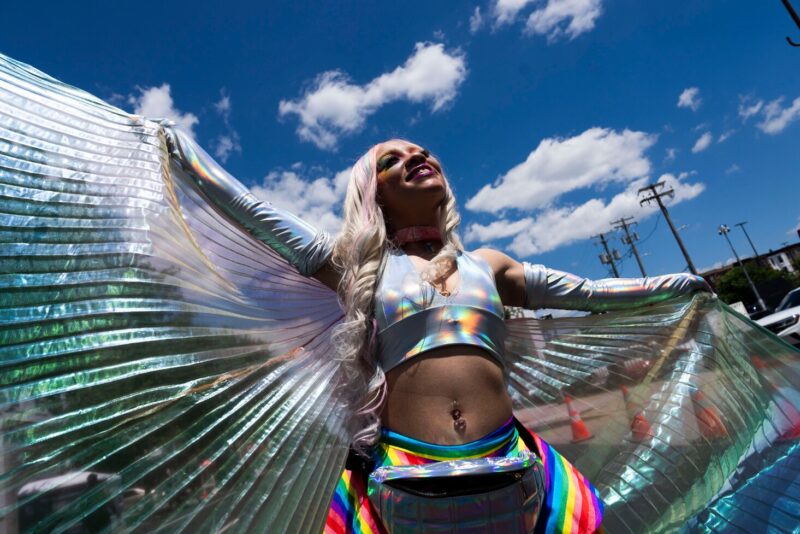Multiplicity: Blackness in Contemporary American Collage
Saturday, July 6 | Ongoing through September 22
@ The Phillips Collection
The Phillips Collection presents Multiplicity: Blackness in Contemporary American Collage, the first major museum exhibition dedicated to contemporary collage reflecting the breadth and complexity of Black identity and experiences in the United States. The monumental exhibition, spread across three floors in two buildings, brings together more than 50 works by an intergenerational group of 49 African American artists to explore diverse Black-constructed narratives through collage and collage-informed works. Organized by the Frist Art Museum in Nashville, Tennessee, Multiplicity: Blackness in Contemporary American Collage is on view from July 6 through September 22, 2024.
Multiplicity examines how themes of personal and collective history, regional and national heritage, gender and sexual orientation, and racial constructs are expressed in collage. By assembling pieces of paper, photographs, fabric, and other salvaged or repurposed materials, artists create unified compositions that offer poignant expressions of human experience, including fragmentation and reconstruction, shared history and memory, cultural hybridity, gender fluidity, and notions of beauty. As the exhibition’s title suggests, most of the works address multiple subjects and defy a fixed interpretation. Featured artists range from established luminaries to emerging and mid-career figures, including Mark Bradford, Lauren Halsey, Rashid Johnson, Kerry James Marshall, Wangechi Mutu, Jamea Richmond-Edwards, Deborah Roberts, Tschabalala Self, Lorna Simpson, Devan Shimoyama, Mickalene Thomas, and Kara Walker.
“The Phillips Collection is pleased to present Multiplicity, a bold, thought-provoking exhibition that brings artists together in conversation across time and place to encourage new and more expansive understandings of Black identity,” says Vradenburg Director & CEO Jonathan P. Binstock. “This speaks to the Phillips’s tradition of exhibiting artists of our time, with many connected to the Phillips including Zoë Charlton, Sanford Biggers, McArthur Binion, and Radcliffe Bailey.”
Using techniques rooted in European and American traditions by canonical figures from Pablo Picasso, Georges Braque, Hannah Höch, Max Ernst, and Robert Rauschenberg, the artworks featured in Multiplicity build upon the rich legacy of African American artists such as Romare Bearden, who experimented with collage in the 1960s to inspire collaboration and community, as well as David C. Driskell, Faith Ringgold, Loïs Mailou Jones, and Jacob Lawrence. “Twenty-first-century collage is an arguably understudied and undervalued medium, especially in museum exhibitions,” explains Katie Delmez, Senior Curator at the Frist Art Museum and curator of Multiplicity. “Multiplicity is an opportunity to spotlight the formal complexity and vibrancy of the technique and to assert its contributions to the field through the lens of some of today’s leading artists.”
Rather than casting their work solely in terms of a racial discourse that often portrays African Americans as a monolith, the artists employ collage to convey the intersecting facets of their lived experiences that combine to make whole individuals. “The exhibition asserts that collage parallels how identity is constructed with a multitude of elements that create a singular whole,” says Adrienne L. Childs, Senior Consulting Curator at The Phillips Collection and organizing curator for the presentation in Washington.“The process of merging form and content aptly represents Black life. The artists create multifaceted works through the meaningful use of objects from their own lives that reflect their experiences and concerns.”
For artists like Roberts and Mutu, collage is their principal strategy, while for others, including Thomas, Johnson, and Marshall, it represents a branch or chapter in their wider practice. They complement one another while remaining distinct, each with the potential to spark thoughtful conversations about Blackness in America today and for future generations. Roberts, whose Tomorrow, tomorrow, and tomorrow (2023) is unique to the Phillips’s presentation, asserts, “With collage, I can create a more expansive and inclusive view of the Black cultural experience.”
The exhibition begins with the section “Fragmentation and Reconstruction,” introducing guests to a range of techniques and materials used in contemporary collage. Next, “Excavating History and Memory” examines artists’ use of historical photographs and clippings to highlight overlooked or lost narratives, linking them to the present. “Cultural Hybridity” addresses the challenges of navigating life in a new country while maintaining connections to ancestral homelands. The sections “Notions of Beauty and Power” and “Gender Fluidity and Queer Spaces” challenge traditional constructions of beauty and gender. The exhibition then expands the definition of collage beyond analog practices to include digital stitches—an inevitable evolution in today’s digitally saturated environment.
Multiplicity concludes with the section “Toward Abstraction,” which features layered and deeply personal abstractions created with various materials. The exhibition also includes film interviews with 11 artists focusing on their particular technique. Public programs will spotlight artists Deborah Roberts and Rashaad Newsome in conversation with organizing curator Adrienne Childs, and Mickalene Thomas with curator Katie Delmez, among others, as well as a series of artist-led collage-making sessions.
